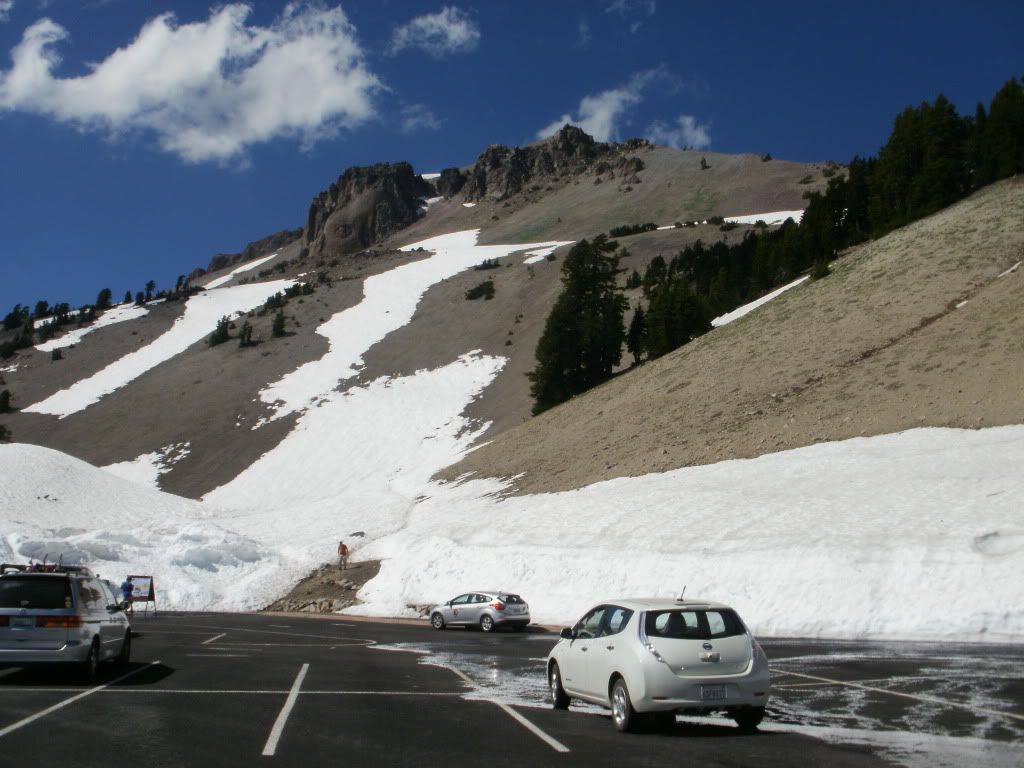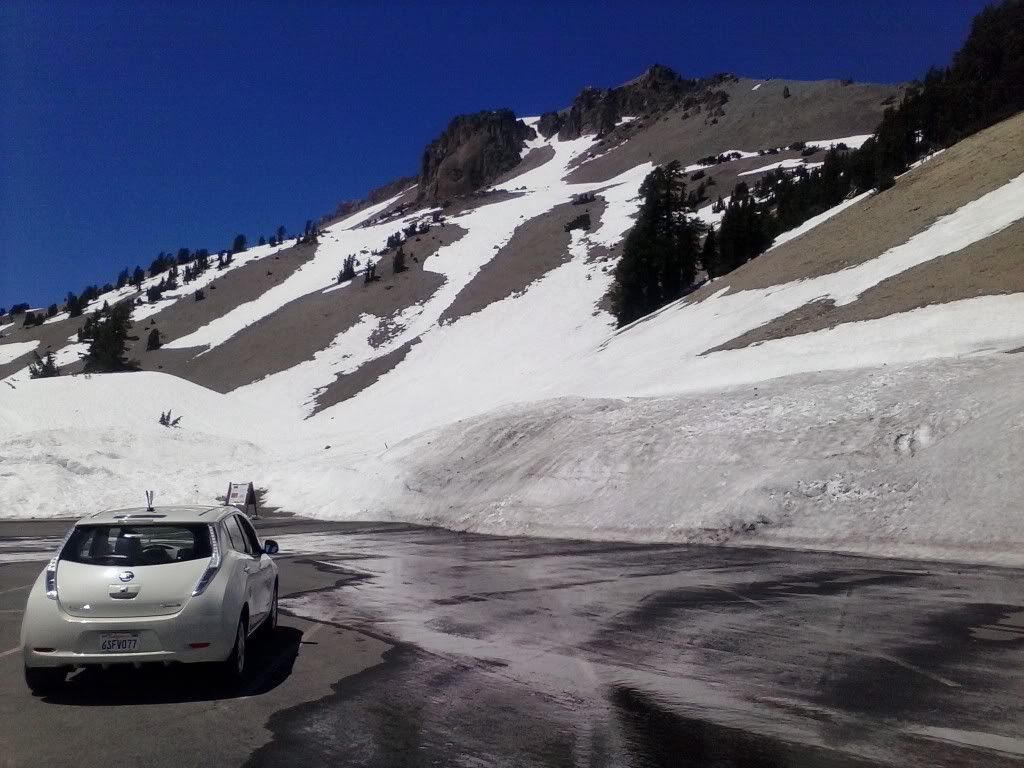An overview of California’s ongoing and extraordinary drought: a tale of exceptional dryness and record warmth
...As California’s long-term precipitation deficits have skyrocketed over the past 18-24 months, another dramatic trend has become increasingly apparent: an extraordinary string of record-warm days, months, and multi-month periods. Most notably, California experienced its record warmest winter in 2013-2014, and (as of June 30th) is currently experiencing its warmest year on record to date. Even more remarkable is that these recent temperature record have been broken by a very wide margin–2014 so far has been more than 1 degree warmer than the previous record warmest year. This record-shattering warmth has serious implications for the ongoing extreme drought, since warmer temperatures result in greater evaporation (and evapotranspiration). This means that an even lesser fraction of the already record or near-record low precipitation was actually available to plants and ecosystems–or as rain/snowmelt runoff into California California’s rivers and streams.
...This combination of exceptional dryness and record warmth have acted in combination to produce the most severe drought conditions experienced in California in living memory (and very probably over a century)...
...One of the most striking features in California’s temperature record is the presence of a distinct long-term trend, on the order of +0.2 degrees per decade since the late 1800s. This trend is present in overall temperature, daily maximum temperature, and daily minimum temperature, but the increase has been largest in daily maximum temperatures, which have increased by over 1.4 degrees F since 1895. Interestingly, the temperature anomalies in 2014 have closely mirrored this overall trend, with all-time records set for both daily minimum and daily maximum values but much larger anomalies occurring with daytime maximum temperatures.
A long-term trend also exists in PDSI values for California, which has trended toward lower values over the past century or so. Interestingly, there have been no statistically significant trends in California mean precipitation over this same interval, which suggests that the strong warming experienced in California is likely responsible for the increasing drought severity.
...All 58 California counties have now been designated by the federal government as primary natural disaster areas due to the drought. A state-level Drought Emergency has been declared, and state authorities have recently taken unprecedented measures to cope with dwindling water supplies. National and international media attention has become increasingly focused on this ongoing extreme climate event in California as economic damages to date surpass $2 billion, and continues to rise rapidly. Increasingly broad swathes of farmland are being fallowed in the Central Valley (especially the San Joaquin Valley), and entities with access to remaining water are auctioning off their rights for over ten times the long-term average rate. Groundwater pumping has increased exponentially over the past 12 months, and there are growing concerns that this virtually unregulated draining of California’s underground aquifers could have major major consequences within the next couple of years.
...Just how low are California’s reservoirs right now? The figure at right shows that most of California’s major reservoirs are below 50% of capacity, and some are well below that meager level. More importantly, many of these reservoirs are near or below 50% of average capacity to date–which is especially remarkable since water levels are typically well below maximum capacity by this point in the summer. One big problem over the next few months is that the extreme long-term dryness–combined with enhanced human and “natural” demand due to record warmth–will allow reservoir levels to drop at rates greater than the long-term mean...
What does the (near) future hold?
The shortest (and, unfortunately, most accurate) answer to this question is: we simply don’t know. The rest of summer will probably continue to be warmer than average, and associated impacts (namely, extreme wildfire conditions and low limited water availability) will continue to grow more acute until that start of the next rainy season during winter 2014-2015. There has been much speculation regarding the likely El Niño event this year and its possible role in alleviating drought conditions in California. I’ve already written extensively on both the development of the present El Niño event specifically and the more general impacts of ENSO upon California precipitation. The quick summary version: connections between California precipitation and El Niño are rather tenuous, except for very strong El Nino events, which are associated with increased cool-season precipitation. This is especially true for inland regions of Northern California, where the majority of California’s reservoirs and “snowpack stored water” capacity resides. While there were some early indications during spring 2013 that the upcoming likely El Niño event could be a very strong event, a top-tier event now appears less likely.
Therefore, while there was never a high chance of El Niño breaking the current California drought, there is now an even smaller of a chance of that happening...





